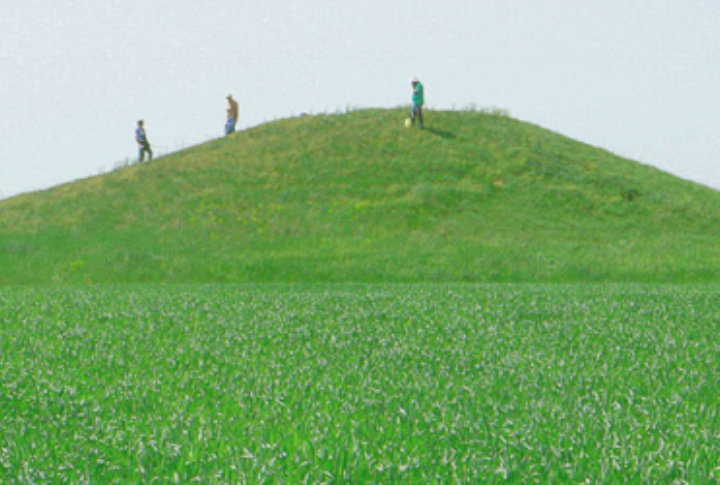
The Yamnaya people, also known as the Yamna culture, were a Bronze Age group that lived on the Pontic-Caspian steppe, spanning modern-day Ukraine, southern Russia, and western Kazakhstan around 3300–2600 BCE. They are recognized for their significant influence on the genetic and cultural makeup of modern Europeans. Here are ten key facts we now know about the Yamnaya people.
The Yamnaya Were Early Indo-European Speakers

Linguistic and genetic evidence suggests the Yamnaya were early speakers of a Proto-Indo-European language, the root of many modern languages in Europe and South Asia. This is supported by the widespread dissemination of their genetic and cultural traits. Their language likely formed the basis of the Indo-Iranian and Balto-Slavic branches, among others.
The First To Domesticate Horses For Riding

The Yamnaya are believed to be among the earliest groups to domesticate horses for riding, a major technological breakthrough. Archaeological sites associated with the culture contain horse remains with wear patterns on teeth indicating bit use. This development likely gave them an edge in mobility, warfare, and herding efficiency.
Practiced Kurgan Burial Traditions

These ancient people are famous for their burial mounds, known as “kurgans,” which they used to bury elite members of society. Each burial typically involved a single person laid in a flexed position in a timber-lined pit. It often had grave goods like pottery, weapons, and animal remains. The mounds also served as territorial markers.
Genetic Impact On Prehistoric European Cultures

DNA studies reveal Yamnaya ancestry in later European cultures, especially the Corded Ware people. Their arrival caused a large-scale genetic turnover in parts of Europe. Alongside genes, they introduced Indo-European languages, new social structures, and technologies. Their legacy shaped prehistoric Europe and continues to be seen in the genetic code of modern Europeans.
Society Was Patriarchal And Possibly Tribal

Archaeological evidence suggests that the Yamnaya had a patriarchal social structure. Most kurgan burials are male, and the grave goods often emphasize weapons and warrior imagery. Genetic analyses from burial sites show strong paternal line continuity, meaning lineages were passed through male ancestors. No evidence suggests that social organization was based on tribes.
Nomadic Pastoralists

Their economy was primarily based on mobile livestock herding. They raised cattle, sheep, goats, and horses, moving seasonally to new pastures. Their nomadic lifestyle required minimal permanent settlements and emphasized wide territorial control. It most likely contributed to their expansion into Europe. Tools and artifacts show evidence of dairying and meat consumption, supporting their herder identity.
Early Users And Spreaders Of Wheeled Transport

Yamnaya burials include wagons, indicating the early adoption of wheeled vehicles. These ox-drawn carts weren’t just for transport—they carried goods, served as mobile homes, and symbolized status. Their use of wheeled transport likely helped spread the technology across Europe and Asia, revolutionizing trade and warfare during the Bronze Age.
Physically Tall And Muscular

Skeletal remains show that Yamnaya individuals were generally tall and muscular, traits associated with a diet rich in animal protein and an active lifestyle. Their sturdy physical build likely aided in their nomadic and warrior-based society. Some researchers have pointed out that these physical traits helped them dominate Neolithic farming populations during their expansion.
Distinct Genetic Origins From Mixed Ancestry

The Yamnaya had a unique genetic blend of Eastern European hunter-gatherers and Caucasus populations. This hybrid ancestry gave them distinct physical traits and likely enhanced adaptability. Their DNA formed a genetic bridge between diverse groups, helping define new Eurasian populations that emerged from their migrations and blending across the continent.
Culture Set The Stage For Future Civilizations

These ancients are considered one of the foundational cultures of Bronze Age Eurasia. Their innovations in transport, animal domestication, and social organization influenced many subsequent cultures, including the Corded Ware and Sintashta. Moreover, they established networks that connected vast geographic areas, spreading new ideas and technologies.

